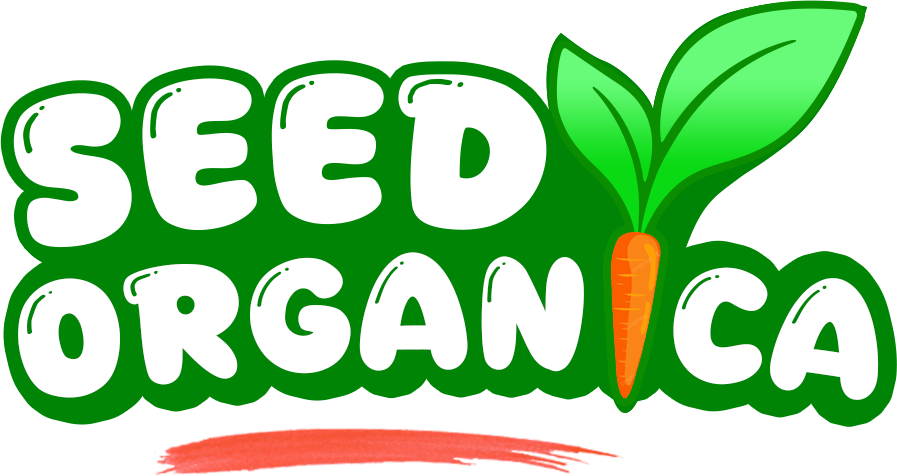Boneset Seeds – Eupatorium Perfoliatum
-
Estimated Delivery:Oct 21 - Oct 25
-
Free Shipping & Returns on all orders.
Boneset Seeds – Eupatorium perfoliatum produce a hardy perennial plant known for its clusters of small, white blossoms and tall, upright stems. This native North American wildflower is valued for its ability to attract butterflies, bees, and other pollinators, making it an excellent choice for naturalized gardens, meadows, and pollinator habitats.
Boneset thrives in moist to wet soils and grows best in full to partial sunlight. It naturally flourishes near ponds, streams, or low-lying areas, offering both ornamental appeal and ecological benefits. Its long blooming season and lush foliage provide visual interest from midsummer through early fall.
Features:
-
Type: Perennial wildflower
-
Common Name (US): Boneset
-
Scientific Name: Eupatorium perfoliatum
-
Flower Color: White
-
Growth Habit: Upright, clumping
-
Height: 3–5 feet (90–150 cm)
-
Soil Requirement: Moist to wet soil; tolerates clay or loamy soil
-
Sunlight: Full sun to partial shade
-
Watering: Moderate to high; prefers consistently moist soil
-
Bloom Time: Mid-summer to early fall
-
Special Feature: Attracts butterflies, bees, and beneficial insects
Specifications:
-
Planting Season: Spring or early fall
-
Hardiness Zones (USDA): Zones 3–8
-
Sowing Method: Direct sow outdoors in late fall or early spring; seeds require light for germination
-
Germination Time: 20–30 days
-
Germination Temperature: 65–75°F (18–24°C)
-
Spacing Between Plants: 18–24 inches (45–60 cm)
-
Mature Plant Height: 3–5 feet (90–150 cm)
-
Best Growing Months:
-
Northern Zones (3–5): May to September
-
Mid Zones (6–7): April to October
-
Southern Zones (8): March to November
-
-
Maintenance: Low; cut back in late fall or early spring to promote regrowth
-
Uses: Pollinator gardens, rain gardens, naturalized landscapes, and wetland restoration projects

















